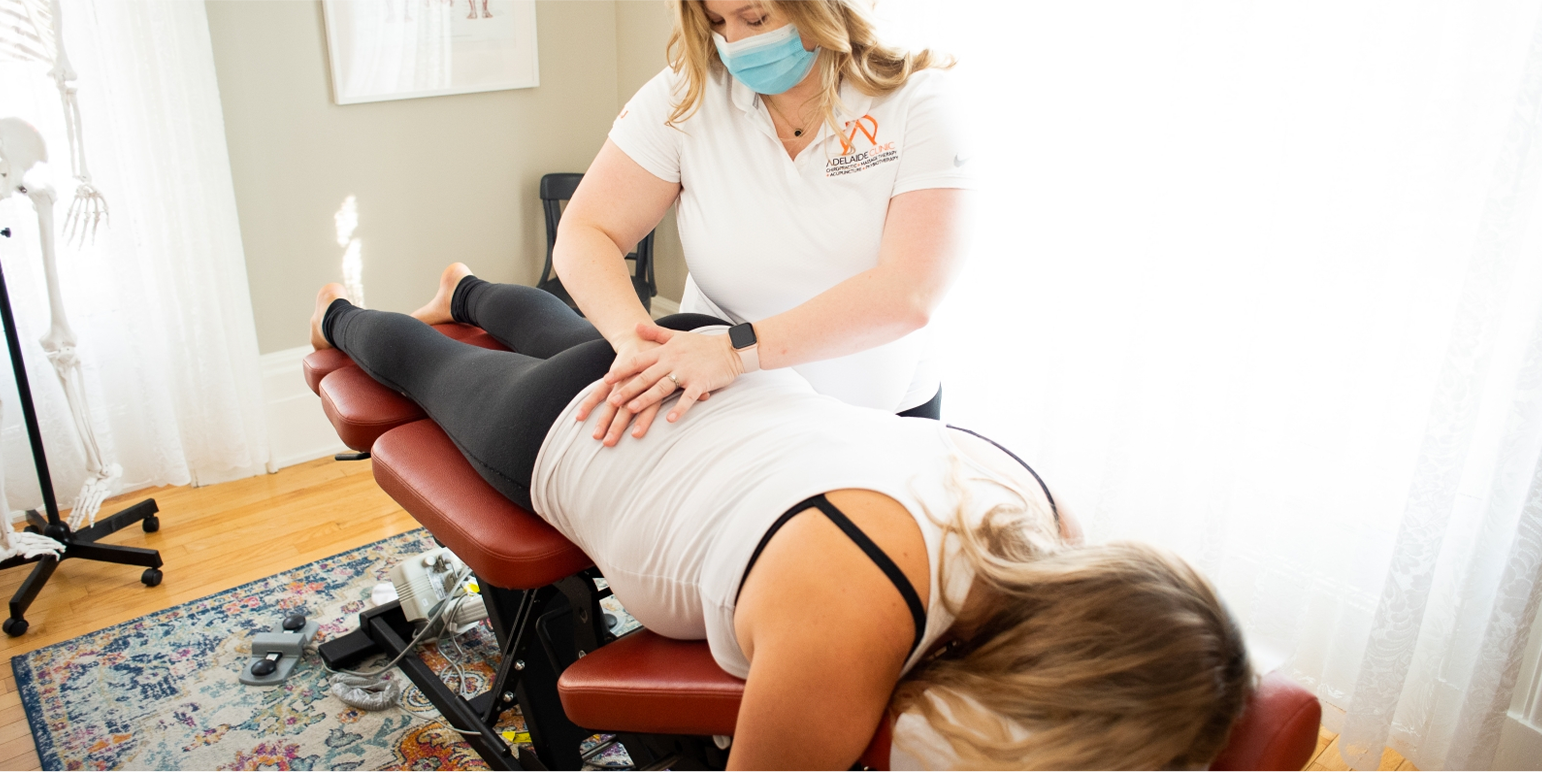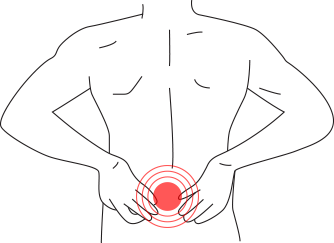Mid Back Pain Categories
Commonly presents as pain with breathing and/or lifting and sitting. The pain is usually just beside the spine and can be dull and achy or very sharp; like it ‘takes your breathe away’. This is commonly seen after a fall, pregnancy, post partum, in women, singers and of course for no cause at all. Chiropractic care is a fas and effective solution for this type of pain.
T4 Syndrome
The typical patient presenting with a T4 syndrome is between the age of 30 and 50 years. Females experience the syndrome more frequently than males at a ratio of 4:1. The prevalence of this condition is greater in those whose occupations require sustained or extreme postures such as seated factory assembly line workers, electricians, desk jobs and importantly for this case, students.
Generally, the symptoms associated with T4 syndrome occur in both arms and shoulders, the mid-back, neck and head. The following symptoms can be expected:
– Arm Symptoms:
- numbness in a glove-like distribution involving the hand and forearm
- Upper extremity coldness
- Weakness (eg. unable to open jars)
- Hand clumsiness
- A sense of fullness or swelling
- Getting up or shaking the hands and arms usually alleviates the extremity symptoms
– Mid-thoracic and cervical spine symptoms
Ache, pain, or stiffness
– Headache
- Generalized headache limited to the occipital or frontal regions
- Described as ache or pressure sensation
– Other
- Side-lying or supine sleep positions are reported to be aggravating
- May be aggravated by extreme or sustained postures
To date, the pathophysiological mechanism for the T4 syndrome remains unknown; however, it is widely considered that the autonomic nervous system is involved. The sympathetic nervous system provides the major route in which a mid-thoracic dysfunction could express itself superiorly into the head and neck and peripherally into the arms and hands. The sympathetic innervation to the head and neck originate from the spinal cord segments T1-T4 and the upper limb and trunk are supplied by segments T1-T9. It is suggested that sustained or extreme postures may lead to relative tissue ischemia which would stimulate the sympathetic nerves that form a network in the arterioles and capillaries producing pain referral that is experienced in a distal somatic site that is innervated by the same segmental level. A second hypothesized mechanism for the stimulation of sympathetic nerves is via mechanical pressure imposed by dysfunctional thoracic joints onto the adjacent sympathetic chain resulting in referred type pain.
TOS
TOS is compression at the neurovascular bundle at the thoracic outlet (nerves or vessels compressed in the root of neck or axilla)
-more common in women, especially those with slim build and drooping shoulders
-reasons for occurrence; a cervical rib, scalenus anterior syndrome, costoclavicular compression, venous or arterial compression, repetitive motion in the shoulder and hand and clavicular trauma.
-contributing factors include: poor posture, polio, pregnancy, hypertrophy or breast surgery.
Upper cross syndrome
Is characterized by a Muscle imbalance:when some muscles become weak while other muscles become tight.

This does not manifest in a random pattern; rather it follows a predictable pattern where one group of muscles consistently become weak and a separate group of muscles develop tightness.
The observed muscle imbalances in the “Upper Cross Syndrome” are:
- Levator Scapulae, Upper Trapezius, Pectoralis Major and Minor, SCM
- Masseter, temporalis, digastric, suboccipital muscles
- Lower Scapular Stabilizers – Middle and Lower Trapezius, Serratus Anterior, Rhomboids
Suprahyoid and mylohyoid
Postural Findings:
- Rounded shoulders and shortened pectoralis group
- Elevation of shoulders and shortened upper trapezius and levator scapulae
- Anterior head carriage
- Shortened suboccipitals
- Upper cervical hyperextension
- Winging of the scapulae with rotation and abduction
Consequences
- Stress to the cervicocranial and the cervicothoracic junctions, glenohumeral and temporomandibular joint resulting in joint dysfunction and trigger points.
- Manifests as headaches, neck pain, scapular pain, shoulder dysfunction, and TMJ disorders

















